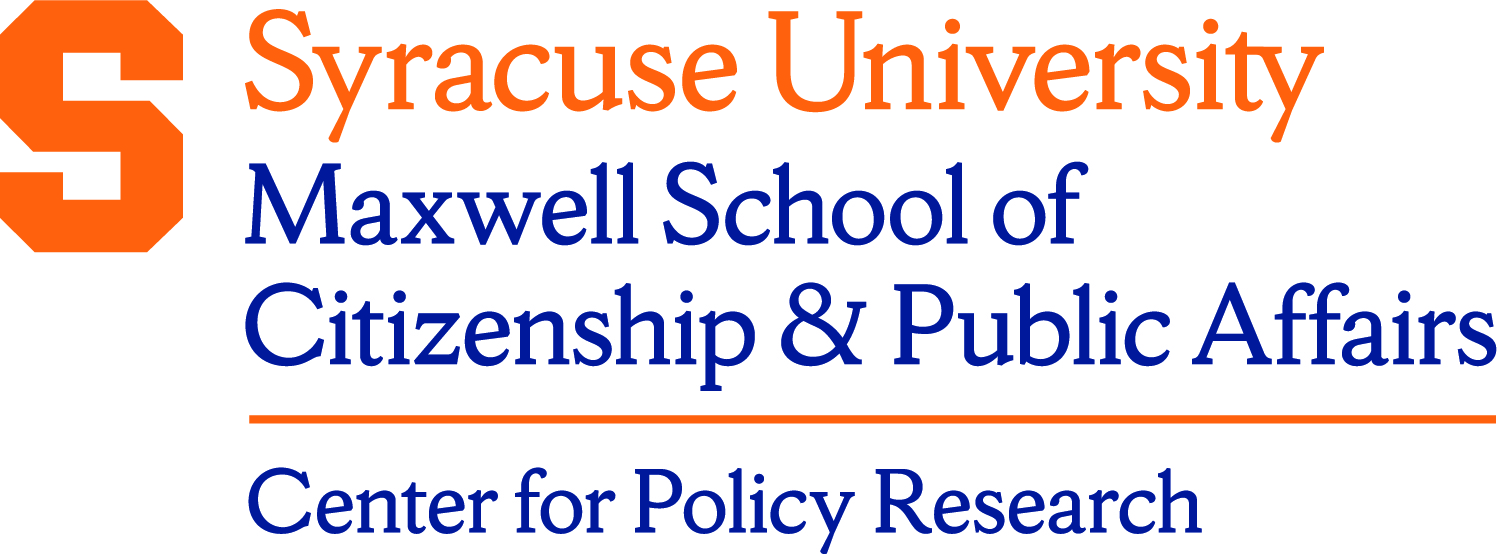Description/Abstract
Recruiting recent retirees to relocate from elsewhere has become an important economic development strategy in an increasing number of states. State governments have planned or enacted a variety of tax and fee incentives to lure retirees. The objective of this paper is to determine whether states can, in fact, influence the retirement destination of elder households using fiscal tools. To estimate the determinants of retiree location decisions we have developed an extensive data set on county attributes, and a methodology for estimating an individual-level discrete-choice model for a very large number of potential locations. Using 1990 county-to-county migration data, we estimate the effects of an array of tax and expenditures variables on the probability that a retiree locates in that county. We find that changes in tax burdens and service levels can affect location decisions. Of the fiscal variables, inheritance taxes, income taxes, and property taxes have the largest relative effects. However, very large tax reductions would be required to attract even one more retiree to the average county. Unless these tax breaks could be narrowly targeted to the group of retirees most likely to consider migrating, the revenue losses from such a program are likely to significantly outweigh the economic and fiscal benefits. Our results suggest that states should focus on marketing their amenities, rather than using fiscal policy to recruit retirees.
Document Type
Working Paper
Date
9-2000
Language
English
Series
Aging Studies Program Paper Series
Disciplines
Economic Policy | Economics | Public Affairs, Public Policy and Public Administration | Public Policy
ISSN
1084-1695
Recommended Citation
Duncombe, William; Robbins, Mark; and Wolf, Douglas A., "Chasing the Elderly: Can State and Local Governments Attract Recent Retirees?" (2000). Center for Policy Research. 425.
https://surface.syr.edu/cpr/425
Source
Local Input
Creative Commons License

This work is licensed under a Creative Commons Attribution 4.0 International License.
Included in
Economic Policy Commons, Economics Commons, Public Policy Commons




Additional Information
Aging studies program paper no.22